Crafting a strategy to grow your subscriber list is more than luck; it’s a blend of art, data, psychology, and creativity. Conversion Rate Optimisation (CRO) techniques can swiftly convert visitors into loyal followers. In the competitive digital landscape, CRO works as a magic touch, turning clicks into subscribers. This actionable process effectively enhances your online presence, guiding you through the realm of subscriber growth.
Understanding CRO
Let’s set the stage before we dive into the nitty-gritty of boosting my conversion rate.
What exactly is CRO, and why is it the go-to for online entrepreneurs everywhere?
CRO is the systematic approach to increasing the number of website visitors who take the desired action on my site, such as purchasing a product or completing a form. It’s all about enhancing the user experience to gently guide them towards that digital finish line.
- Understanding the Importance of Conversion Rate Optimisation

(Starting from the easiest part to the advance of CRO will help you know more about your next move)
What is Conversion Rate Optimisation (CRO)?
CRO is more than just tweaking landing pages and changing button colours. It encapsulates every touchpoint a potential customer has with your brand. It could be the ease of navigation, the clarity of your value proposition, or the storytelling prowess in your product descriptions. Each aspect is a thread in a vast of user engagement, and CRO is about ensuring these threads weave a conversion goldmine.
- Average Conversion Rate of Website

(Website CRO will have an impact from variant sources but most likely are from paid search options)
What is a Conversion Rate?
The conversion rate serves as the critical digital metric determining the success or failure of optimisation efforts. Defined as the ratio of conversions to total site visitors over a specified period, it provides a clear measure of performance in the digital world.
- Conversion Rate of Industrial Website

(Each website has its growth speed and spike, understanding them will help you get through the meaning of conversion rate)
CRO vs. SEO
SEO works alongside CRO, but they have different goals. While SEO aims to impress search engines, CRO wants to win over users. SEO attracts the crowd; CRO keeps them interested.
Setting Up Your CRO Strategy
Follow along as we look into this comprehensive 8-step checklist, designed for marketers, e-commerce experts, entrepreneurs, and SEO enthusiasts poised to get the most from their online assets.
- Building Strategy for CRO

(Each step will have its purpose, starting from visitors to set up a new leads for your website)
Step 1: Define your Goals
The first thing I need to nail for a successful CRO campaign is figuring out what ‘conversion’ actually means for my business. So, what are you after from your visitors? Sales, engagement, or brand? Pinning down these goals will steer your CRO efforts in the right direction. If you’re running an online store, it’s probably all about product purchases, but if you offer services, form submissions could be the golden ticket.
- Know Your Goal for a Successful CRO
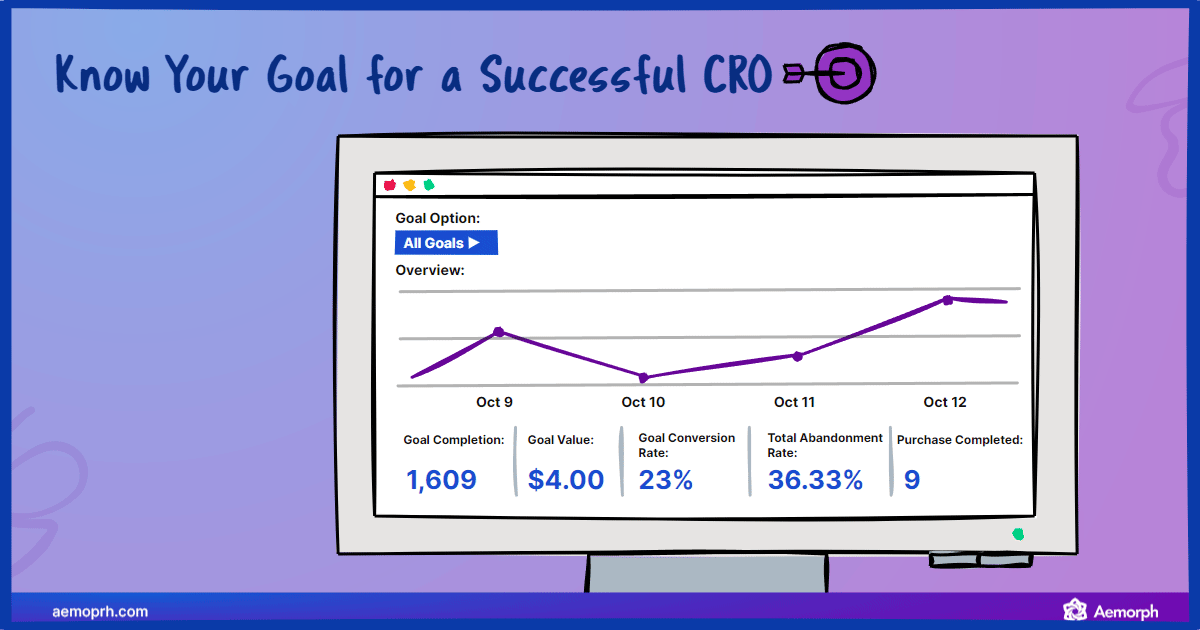
(Define your goal when doing CRO for a successful strategy)
Step 2: Analyse Conversion Funnel
The conversion funnel, that important path from visitor to subscriber, is like my map in the mountains. I need to check every step, from when people first find out about something to when they become interested, think about it, decide, and finally sign up. I should look for any places where things could be done better.
- CRO Funnels With Percentage of Each Step Affected
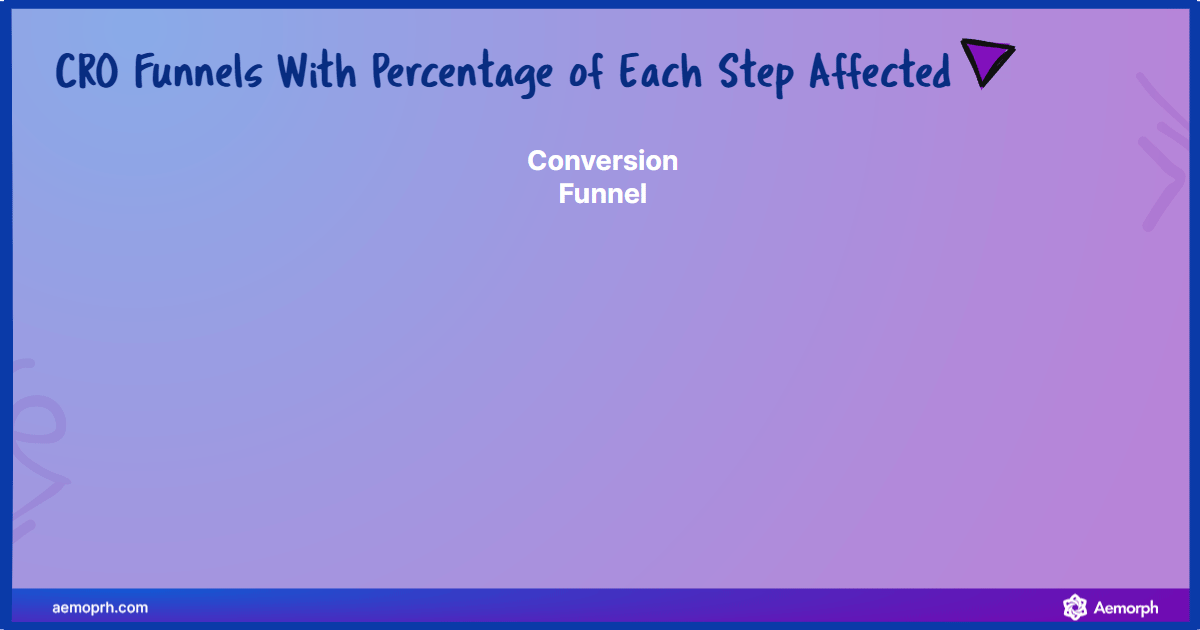
(Knowing the affected percentage of each step will help you focus more on that part)
Step 3: Understand Search Intent
Understanding your target audience is crucial for a successful CRO. Recognise their desires and what motivates them to take action. By identifying these elements, you can tailor your CRO strategy to meet their specific needs and preferences. The key to CRO success lies in mastering your audience’s search intent nuances. Ensure every aspect of your website resonates with what entices visitors to engage. Utilise tools such as heat maps, surveys, and user testing to uncover valuable insights into their behaviours and preferences.
- Right Search Intent Build a Successful CRO
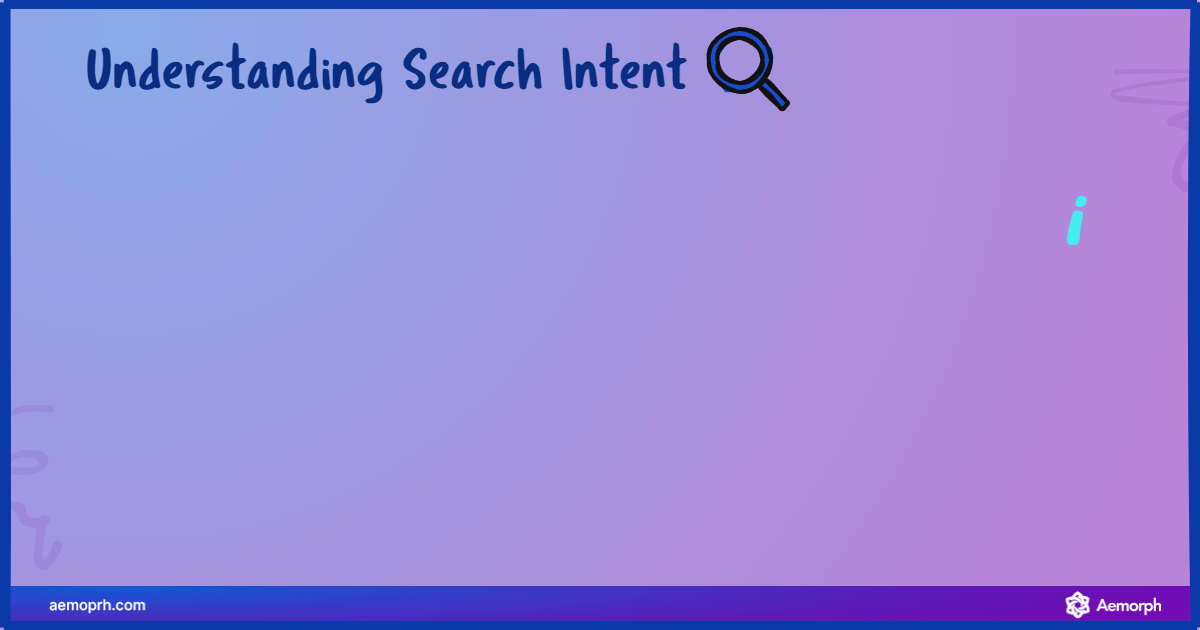
(Knowing the search intent types will help you build a successful CRO)
Step 4: Create Engaging and Relevant Content
Determine the pulse of your potential subscribers by providing insightful, compelling content that answers their most pressing queries.
- Engaging titles
- Value-packed information
- Visually appealing graphics
- Create an Effective and Relevant Content

(Having high-quality content and relevant content will help you manage the CRO easier)
Step 5: Optimise Landing Pages for Conversion
Landing pages serve as digital handshakes – firm, friendly, and memorable. It’s crucial to refine each aspect to build trust and drive engagement. These pages act as the virtual shopfronts for my brand, so I aim for visual allure, seamless navigation, and conversion optimisation. Experiment with various designs, layouts, and calls to action to discover what truly connects with your audience.
Landing Page Optimisation Checklist
- Clear headlines
- Concise copy
- Vibrant CTAs
- Optimise The Landing Page

(Make it clear and easy to reach will boost your content engagement)
Step 6: Implement Strong Call-to-Actions (CTAs)
CTAs are the gatekeepers to your subscriber kingdom. Applying clarity, urgency, and a sprinkle of enticement to transform lurkers into subscribers. Use examples like “Download Now,” “Get Your Free Resource,” “Start Your Free Trial,” or “Subscribe Now.”
- Example of Call-to-Actions Button

(When adding these CTA into your content, It will help you boost the engagement with visitors)
Do’s and Don’ts for CTAs:
- Do: Use vibrant colours
- Don’t: Overwhelm with options
Step 7: Leverage Social Proof and Testimonials
Leverage Social Proof and Testimonials. Showcasing authentic stories and experiences fosters trust and subtly encourages visitors to become part of your subscriber community. Utilising social proof can be a potent tool in persuading users to subscribe. Incorporate customer testimonials or exhibit social media followers and engagement to validate the brand’s worth and reliability.
- Implement Positive Visitors Comment
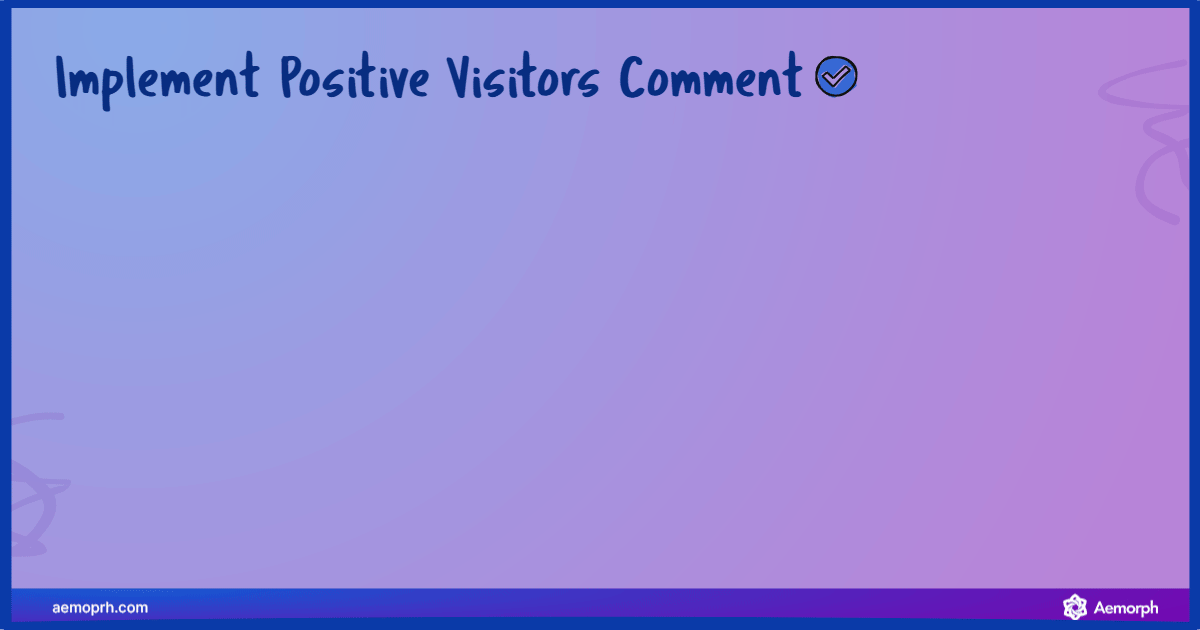
(Social always affects your overall content health, implementing some positive comments from your visitors will help with other visitors’ decisions)
Step 8: Use A/B Testing to Refine Strategies
Use A/B Testing to Refine Strategies. Utilise A/B testing to determine which elements best connect with your audience. Even minor tweaks have the potential to drive notable enhancements in conversion rates.
- A/B Test to Refind Strategy
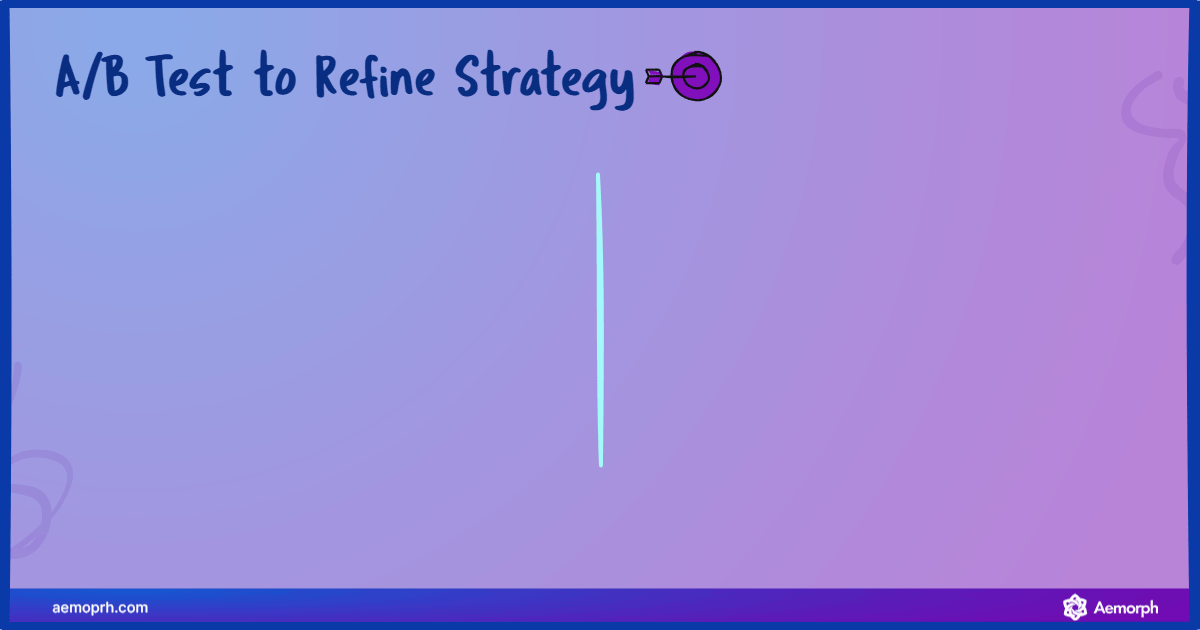
(Each test option requires a different approach, work with your team between A and B to complete your strategies)
A/B Testing Process:
- Hypothesise
- Test
- Analyse
- Implement
Step 9: Analyse and Act on User Feedback
The feedback provided by your website visitors is a valuable asset for optimisation purposes. By actively listening to their input, interpreting it thoughtfully, and making precise adjustments, you can enhance the user experience and improve your website’s performance.
13. Analyse The Feedback For Your Next Move

(Taking your time to analyse the feedback will help you understand the problem and plan your next move more easily)
Step 10: Monitor and Optimise Continuously
Monitor and Optimise Continuously. The ever-changing digital realm demands your CRO strategy to be agile. Track, analyse, tweak, and fine-tune unceasingly.
Key Performance Indicators Dashboard:
- Conversion rates
- User behaviour
- Subscription growth
14. Monitor Your Numbers

(Monitoring the change of your result which is very important on some websites due to the capacity of the budget, Doing these sometimes makes the planning and cost lower than you expected)
CRO Resources
CRO strategy is filled with tools, formulas, best practices, and theories. The more you understand the resources at your disposal, the more confidently you can use them.
Understanding Resources for CRO
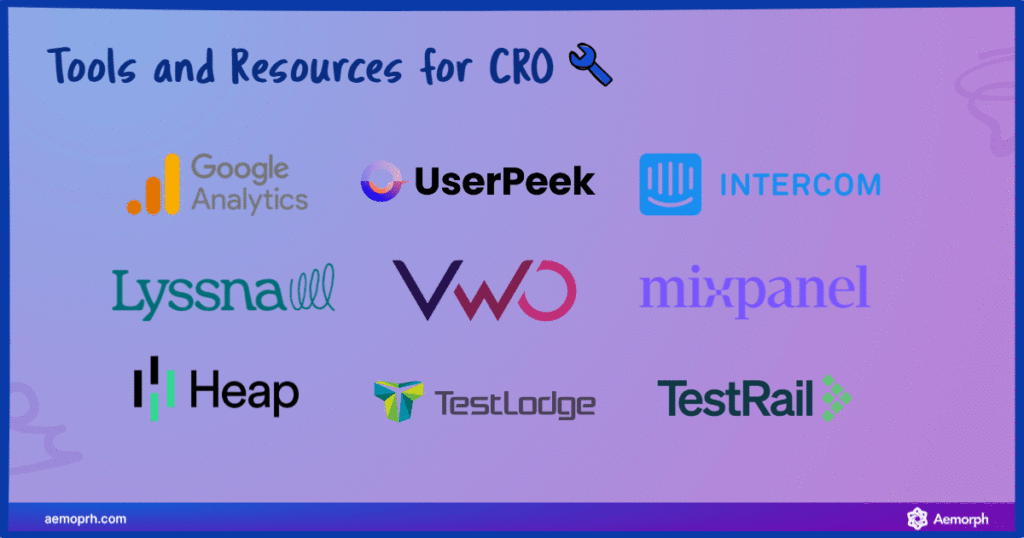
(A good management of resources always leads to a successful CRO, keep an eye on your resources and manage them to make use of them)
A. CRO Tools
Analytics tools, heatmaps, and A/B testing platforms are indicators that inform the user data.
To keep your conversion rate optimisation (CRO) well-done and up to date, here are a few indispensable tools that help indicate that:
- Google Analytics: The grandfather of analytics tools. It offers comprehensive insights into user behaviour, traffic sources, and much more.
- Hotjar: Ever wanted to read your visitor’s minds? Hotjar’s heat maps and user recordings get you as close as possible, revealing what catches their eye (or what doesn’t).
- Optimisely: The go-to platform for A/B testing. It allows you to experiment with different website elements to see what works best.
- Crazy Egg: Like Hotjar, it provides heat mapping tools and visitor recordings to understand user interaction. Plus, it offers A/B testing functionalities.
- Unbounce: For crafting and optimising landing pages that convert, Unbounce offers powerful drag-and-drop features, A/B testing, and more to create landing pages that not just attract but convert.
B. CRO Formulas and Calculations
To enhance your conversion rate optimisation (CRO) efforts, it’s crucial to grasp and utilise several key formulas. Understanding these calculations empowers you to fine-tune your strategies accurately, ensuring that every decision is well-informed. Here are some essential formulas to include in your CRO toolkit:
- Conversion Rate (CR): It’s the heartbeat of CRO. Simply put, CR = (Number of Conversions / Total Number of Visitors) * 100. This formula gives you the percentage of visitors who take a desired action on your site, helping you gauge the effectiveness of your landing pages and CTAs.
- Average Order Value (AOV): Understanding the average spending of your customers is crucial. AOV = Total Revenue / Number of Orders. This insight can improve your promotional strategies and pricing decisions.
- Customer Lifetime Value (CLV): Arguably one of the most pivotal metrics, CLV helps you understand the total worth of a customer to your business over their entire relationship with you. CLV = Average Purchase Value * Purchase Frequency * Customer Lifespan. This long-term perspective can drastically shift how you allocate your marketing efforts.
- Cart Abandonment Rate (CAR): Seeing how often carts get filled only to be abandoned can be eye-opening. CAR = (1 – (Number of Completed Purchases / Number of Shopping Carts Created)) * 100. Reducing this percentage can significantly boost your revenues.
Familiarising yourself with these calculations can transform the way you perceive your website’s performance and guide your CRO strategy toward more informed and effective paths.
C. CRO Best Practices
CRO isn’t just about tweaking buttons and testing colours; it’s a holistic approach to understanding and guiding user behaviour. Here are a few best practices that I’ve found invaluable on my CRO journey:
- Prioritise User Experience (UX): A seamless, intuitive site is more likely to convert. From navigation to loading speed, if users enjoy their time on your site, they’re more likely to engage with your calls to action.
- Maintain Clarity in Messaging: Whether it’s a headline or a CTA button, your message needs to be crystal clear. Users shouldn’t have to guess what you’re offering or what you want them to do.
- Be Consistent Across Channels: The language, tone, and aesthetics should be uniform across all platforms. This consistency helps in building a reliable brand image that fosters trust and recognition.
- Implement FOMO Tactically: The ‘Fear Of Missing Out’ can be a powerful motivator. Use timer countdowns, limited offers, or ‘only a few left’ messages to encourage users to make prompt decisions.
- Empathy in Design: Always design with the user in mind. Understanding and addressing their pain points, preferences, and emotions can significantly improve the user experience and, consequently, the conversion rates.
Putting It All Together
Increasing subscriber numbers may appear challenging, yet with a well-crafted CRO strategy, it becomes a feasible goal. Understanding CRO and executing these 10 steps can effectively transform website visitors into loyal subscribers, expanding your audience and enhancing your online presence.
- Define your Goals
- Analyse Conversion Funnel
- Understand Search Intent
- Create Engaging and Relevant Content
- Optimise Landing Pages for Conversion
- Implement Strong Call-to-Actions (CTAs)
- Leverage Social Proof and Testimonials
- Use A/B Testing to Refine Strategies
- Analyse and Act on User Feedback
- Monitor and Optimise Continuously










